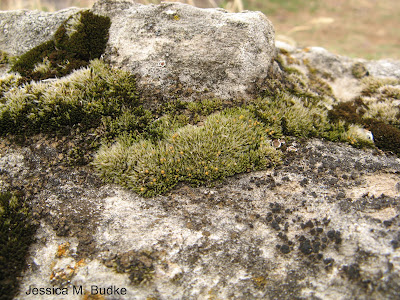A gaggle of geese. A pandemonium of parrots. How about a mash of mosses to fill your screen this December?
After making these desktop calendars for the last year I think that it has been a fun experiment, but I am not sure if I will continue them for 2013. So, if anyone out there has actually been downloading them and would like me to continue, please drop me a message in the comments section. Otherwise I may try my hand at a different project next year.
1 - Single click on the image to open it up in a new window. (If you use the image directly from the blog post you will lose a lot of resolution.)
After making these desktop calendars for the last year I think that it has been a fun experiment, but I am not sure if I will continue them for 2013. So, if anyone out there has actually been downloading them and would like me to continue, please drop me a message in the comments section. Otherwise I may try my hand at a different project next year.
1 - Single click on the image to open it up in a new window. (If you use the image directly from the blog post you will lose a lot of resolution.)
2
- Right-click (or ctrl-click) on the image, and chose the option that
says, "Set as Desktop Background" or "Use as Desktop Picture". The
wording may vary.
3
- If the image does not fit your desktop neatly, you may have to adjust
the image (Mac: System Preferences - Desktop and Screen
Saver - Desktop; Windows: Control Panel - Display -
Desktop) and choose "Fill screen" as the display mode of your
background image.




















































